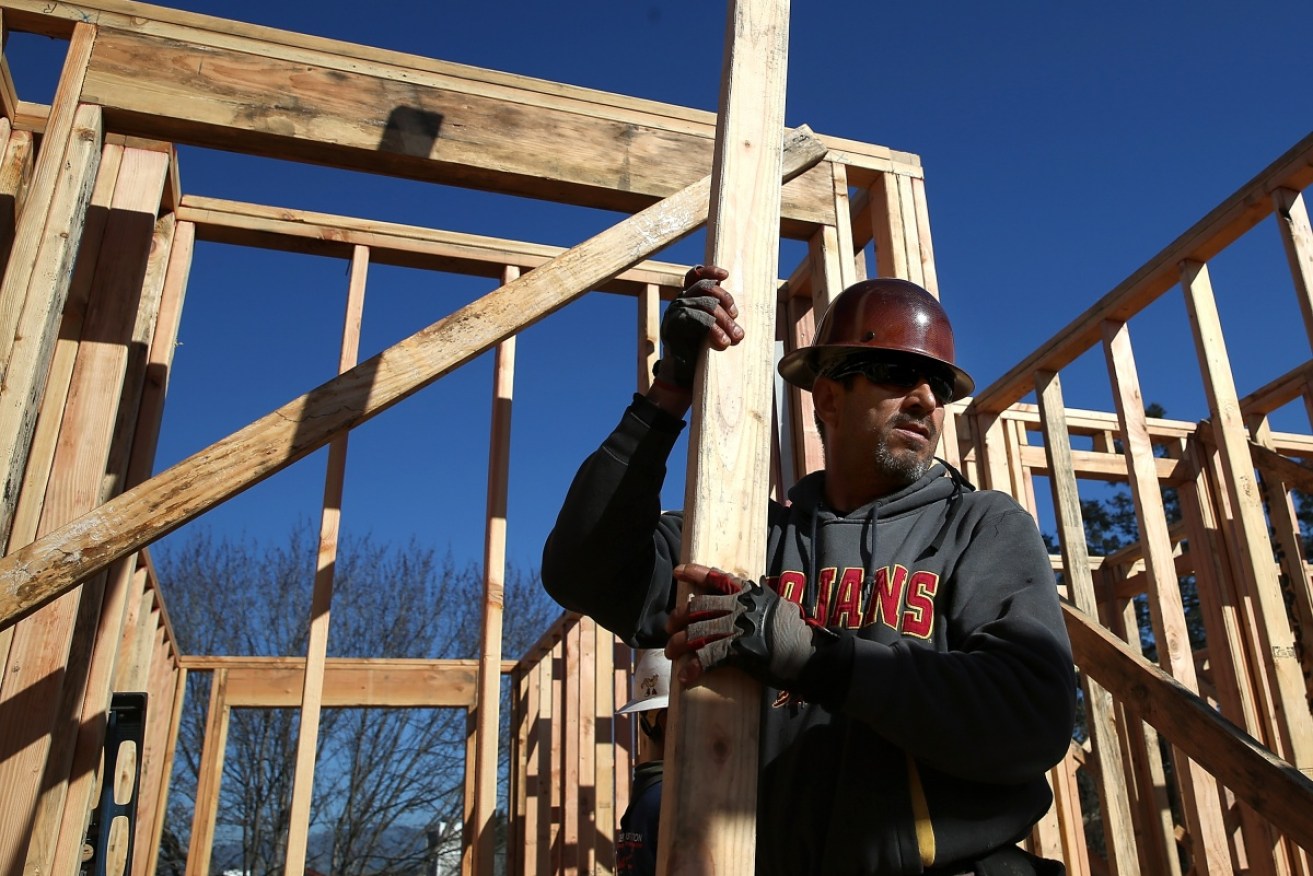‘Jobs and growth’ figures are weaker than we thought


Low participation in the US and low hours worked in Australia are hampering re-inflation efforts. Photo: Getty
The US wage inflation that prompted a massive share sell-off earlier this week has turned out to be something of a furphy.
Economists are now realising that while hourly wages did rise sharply in January, construction workers and other low-paid casual workers lost a lot of hours of work due to unusually horrible weather.
The absence of poorly paid hours in the data collected pushed the average hourly rate up a few notches.
That doesn’t mean the US isn’t on its way to some serious inflation, just that market traders incorrectly decided it was happening right now.
You can’t blame them for getting impatient. The long recovery from the global financial crisis won’t really be over until healthy inflation becomes established across the developed economies – something central banks have been trying to achieve via ultra-low interest rates since 2009.
Central banks prefer inflation to be around the 2 to 3 per cent range because anything higher can spiral out of control, and anything lower encourages people to leave lazy money sitting around.
When inflation is within the ‘band’, people tend to look for investments producing above-inflation returns, or they spend their cash before inflation reduces its buying power. Both help the economy grow.
US policy-makers are hoping that low unemployment of 4.1 per cent will create competition for workers, pushing up pay packets and injecting more money into the economy.
However, Jim Stanford of The Australia Institute’s Centre for Future Work, tells me the old ‘inflationary’ rate of unemployment – 5 per cent or lower – “doesn’t mean what it used to mean”.
That is, even at levels under 5 per cent, a kind of hollowing out of the workforce has occurred that means that not enough demand is being created in the economy to push up prices.
In the US, that’s due to two factors.
Firstly, US minimum wages are very low, so many employed people don’t have much take-home pay to throw around – even after working in numerous jobs, and averaging 7 per cent more hours per month than in Australia (see chart below).
Secondly, the global financial crisis lowered the participation rate, meaning a large portion of the workforce stopped looking for work altogether.
That happened in Australia too after the GFC, but while our participation rate has climbed back to 65.7 per cent, the American participation rate is stuck at 62.7 per cent.
Re-inflating Australia
So although US inflation is coming, it’s not bursting out in the way traders thought.
In Australia, we face a similar problem, with our headline inflation rate proving hard to budge above the current 1.9 per cent.
Again, that’s because the structure of the workforce has changed.
Mr Stanford points out that Australia has an unusually high rate of part-time work – third only to the Netherlands and Switzerland – which again affects the amount of money households have to spend or invest.
Australia’s headline unemployment rate is getting closer to what traditionally was considered ‘inflationary’ – it’s currently 5.4 per cent in trend terms – but even if we get to 5 per cent, the structure of the workforce may fail to translate that into inflation.
That, says Mr Stanford, is because an increase in self-employed, casual and part-time work has helped put downward pressure on wages, which are at a record low as a percentage of GDP.
Interestingly, the lack of inflation in the economy would have been a whole lot worse had the Abbott government not lost power to the Turnbull leadership team in 2015.
That’s because, whatever the free-market rhetoric of Prime Minister Turnbull and Treasurer Scott Morrison, they have been far more ‘Keynesian‘ in their taxing and spending habits than the Abbott team would have been.
More than half of the surge in jobs created in 2017 were in the public sector, says Mr Stanford, particularly because of the thousand of jobs created as the National Disability Insurance Scheme has been rolling out.
Infrastructure spending by state and federal governments has accounted for a large share of the remaining jobs, with private sector contractors taking on staff to undertake work created by Canberra or state government bureaucrats.
In good times, that would be far from ideal, but it is exactly what the International Monetary Fund was asking most developed economies to do a couple of years ago.
Had it not happened, we wouldn’t be close to the desired inflationary band – we’d be suffering the massive disinflationary forces of a recession.








